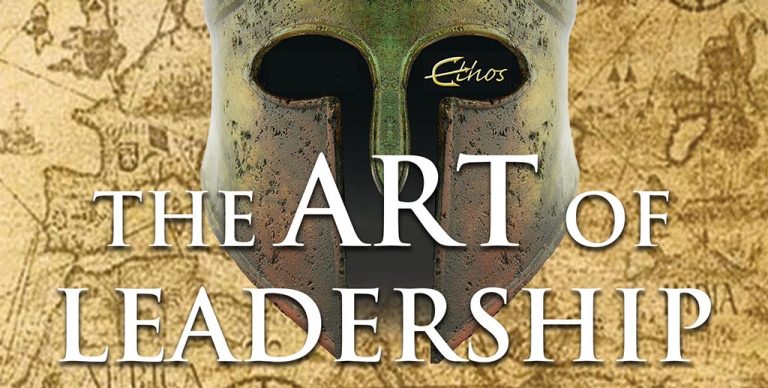
What is Leadership in an Organization?
Leadership in an organization is a covenant not a contract. It is a relationship between leader and followers. It is people working together following the influence of a leader to create positive change. Many leaders mistakenly think that leadership in an organization is mainly technical competence, your core competencies, or KSAs (knowledge, skills, and abilities). While this is one of the domains of leadership (the Logos domain from Article 103) it is not the only or even primary domain. A leader who is technically competent but who is not honest, doesn’t know how to get along with other people, doesn’t keep his or her word, and doesn’t understand why these are important, is seen as arrogant, egotistical, or at a minimum, incongruent and people won’t follow. They simply will not trust someone who has slips in these areas, regardless of competence. All of us have worked with people that are technical masterminds. People that can solve nearly every problem put before them but in doing so they leave a trail of fire and destruction in their wake. As a Commanding Officer in the Navy I had one such officer on our team. He was talented and capable, but everywhere he was assigned, emotional fire and destruction followed. He succeeded in turning me into a “Fire Fighter”. I spent my time following him around and putting out his fires and cleaning up his destruction instead of leading our team. After several weeks of this I was worn out, drained and detested the idea of working even one more day with him. I called my father for advice (Dad was a U.S. NAVY SEAL/UDT) and his advice was simple;
Take care of the problem or your replacement will!
I instinctively knew Dad was right but I had resisted taking action to avoid the unpleasantness of confrontation and conflict. At the next opportunity I confronted the “Fire Starter” and by the end of our conversation, we understood that his goals were not the same as our goals, so we parted ways. Interestingly enough, after the confrontation was resolved, the rest of the team asked me “what took so long?” I failed to realize he was driving them crazy as well. With this toxic person removed from the team everyone gelled, others finally spoke up and stepped up, productivity soared and frustration dwindled. As a result, I was able to focus on leading the team instead of firefighting. Here’s my lesson: A leader is wise to understand that leadership is so much more than technical competence. Leadership is selflessly serving others, it is influencing others’ success. As iron sharpens iron, a leader sharpens those around him or her. Leadership is catalyzing the culture of an organization by first and foremost serving others, then setting the direction, vision, mission, and goals. It is building and sustaining commitment to that future when the going gets tough. It is navigating the uncharted waters of change. Leadership is a covenant relationship between leader and followers. It is a sacred bond that goes far beyond technical competence. The “Art of Leadership” is being able to see the whole canvass, along with the varying shades of color and the subtle nuances of the entire painting. It is solving the problems that only the leader can solve and getting the right people onto the canvass and removing the wrong people from the final painting.